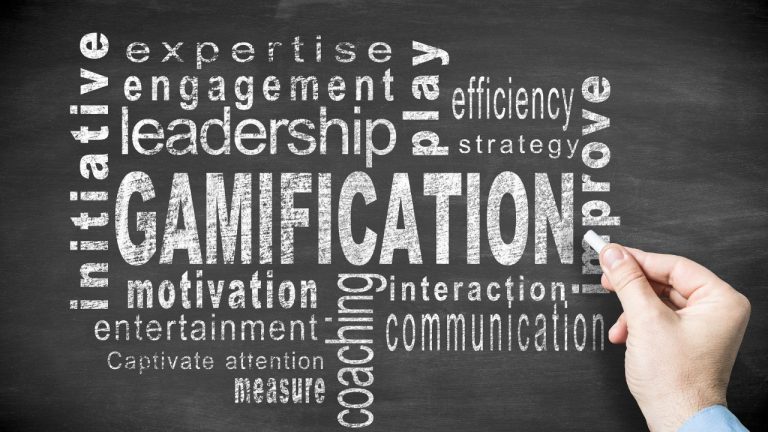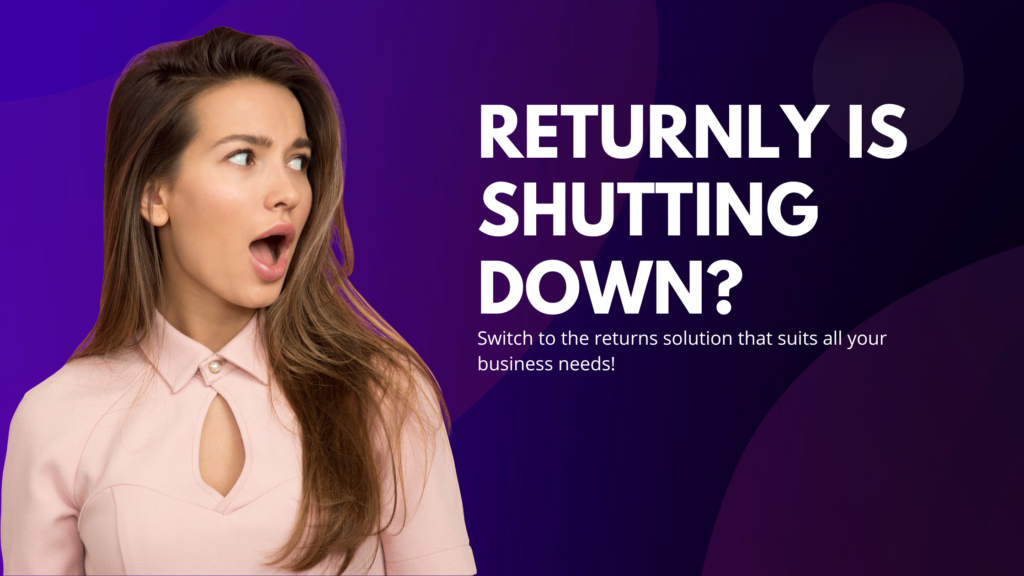In the rapidly evolving landscape of retail, store loyalty programs play a crucial role in retaining customers and fostering brand loyalty. One report found that the average consumer belongs to more than 14 loyalty programs, often with multiple competing brands, suggesting that old programs hardly create loyal customers.
As technology advances and consumer preferences shift, businesses need to stay ahead of the curve by embracing modern trends in loyalty programs. In this blog post, we’ll explore some of the key trends shaping the future of store loyalty programs and what businesses can do to adapt.
1. Partnerships in Online Store Loyalty Programs

A study by HelloWorld revealed that 79% of consumers would be more likely to join a loyalty program if they could earn and redeem rewards across multiple brands.
One of the emerging trends in in-store loyalty programs is the emphasis on partnerships. As shoppers evolve with the digital world & online commerce, they now expect better experiences. Old methods of retention and rewards are dying. Many brands have started collaborating with other businesses to offer joint rewards or discounts that can add value to the loyalty program and enhance the customer experience. For example, a clothing retailer might partner with a footwear store to enhance the experience and create loyal customers. These partnerships not only provide customers with more opportunities to earn rewards but also help businesses tap into new markets and attract a wider audience.
Loyalty programs such as CoLoyalty are pioneering this new wave of loyalty and making it easier for businesses to partner and offer better value for loyalty rewards.
2. Enhanced Utility of Rewards

In the future, store loyalty programs will focus more on providing rewards that offer real value to customers. Instead of generic discounts or coupons, businesses will offer personalized rewards tailored to individual preferences and behaviors. This might include exclusive access to new products, personalized recommendations, or even experiential rewards such as VIP events or behind-the-scenes tours. By offering rewards that are truly valuable and relevant to customers, businesses can deepen their loyalty and encourage repeat purchases.
Modern loyalty programs are enhancing the utility of loyalty points by allowing customers to convert them into universal points and use them for a variety of partner brands. This will increase customer engagement and rate of redemption.
3. Gamification

According to a report by M2 Research, 70% of Forbes Global 2000 companies surveyed planned to use gamification for marketing and customer retention.
Gamification is another trend that is gaining traction in in-store loyalty programs. By incorporating elements of gaming, such as points, badges, and challenges, businesses can make their loyalty programs more engaging and interactive. For example, customers might earn points for completing certain actions, such as making a purchase, writing a review, or referring a friend. These points can then be redeemed for rewards or used to unlock exclusive perks. Gamification not only incentivizes participation but also makes the loyalty program more fun and enjoyable for customers.
Starbucks Rewards is a great example of gamified loyalty programs. Customers earn Stars for purchases and advance through levels like Welcome, Green, and Gold. Challenges, bonuses, and birthday rewards keep customers engaged. With the mobile app, it’s easy to track rewards and payments, making it a highly effective loyalty program.
4. Membership & VIP Loyalty

Customers tend to form stronger emotional connections with brands they’re loyal to through loyalty programs, which, if well-designed, can notably boost members’ spending and retention rates. VIP loyalty programs are growing in popularity as businesses seek to reward their most loyal customers. These programs offer exclusive benefits like free shipping, early sales access, and personalized experiences, fostering a sense of belonging and long-term loyalty. We can expect more businesses to invest in VIP programs to stand out and reward loyal customers.
Amazon Prime is a subscription-based loyalty program where members pay an annual fee for benefits like free shipping and streaming.
In conclusion, the future of store loyalty programs is bright and full of exciting possibilities. By embracing trends such as partnerships in loyalty, enhanced utility of rewards, gamification, and membership & VIP loyalty, businesses can create loyalty programs that not only retain customers but also drive growth and foster brand advocacy. As technology continues to evolve and consumer expectations change, businesses must stay agile and innovative to stay ahead of the competition.



